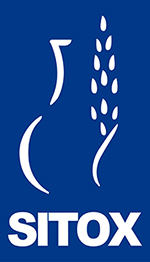Ameliorating the emergency department workflow by involving the observation unit: effects on crowding

Submitted: 14 January 2015
Accepted: 19 February 2015
Published: 26 June 2015
Accepted: 19 February 2015
Abstract Views: 1293
PDF: 736
Publisher's note
All claims expressed in this article are solely those of the authors and do not necessarily represent those of their affiliated organizations, or those of the publisher, the editors and the reviewers. Any product that may be evaluated in this article or claim that may be made by its manufacturer is not guaranteed or endorsed by the publisher.
All claims expressed in this article are solely those of the authors and do not necessarily represent those of their affiliated organizations, or those of the publisher, the editors and the reviewers. Any product that may be evaluated in this article or claim that may be made by its manufacturer is not guaranteed or endorsed by the publisher.

 https://doi.org/10.4081/ecj.2015.4957
https://doi.org/10.4081/ecj.2015.4957








